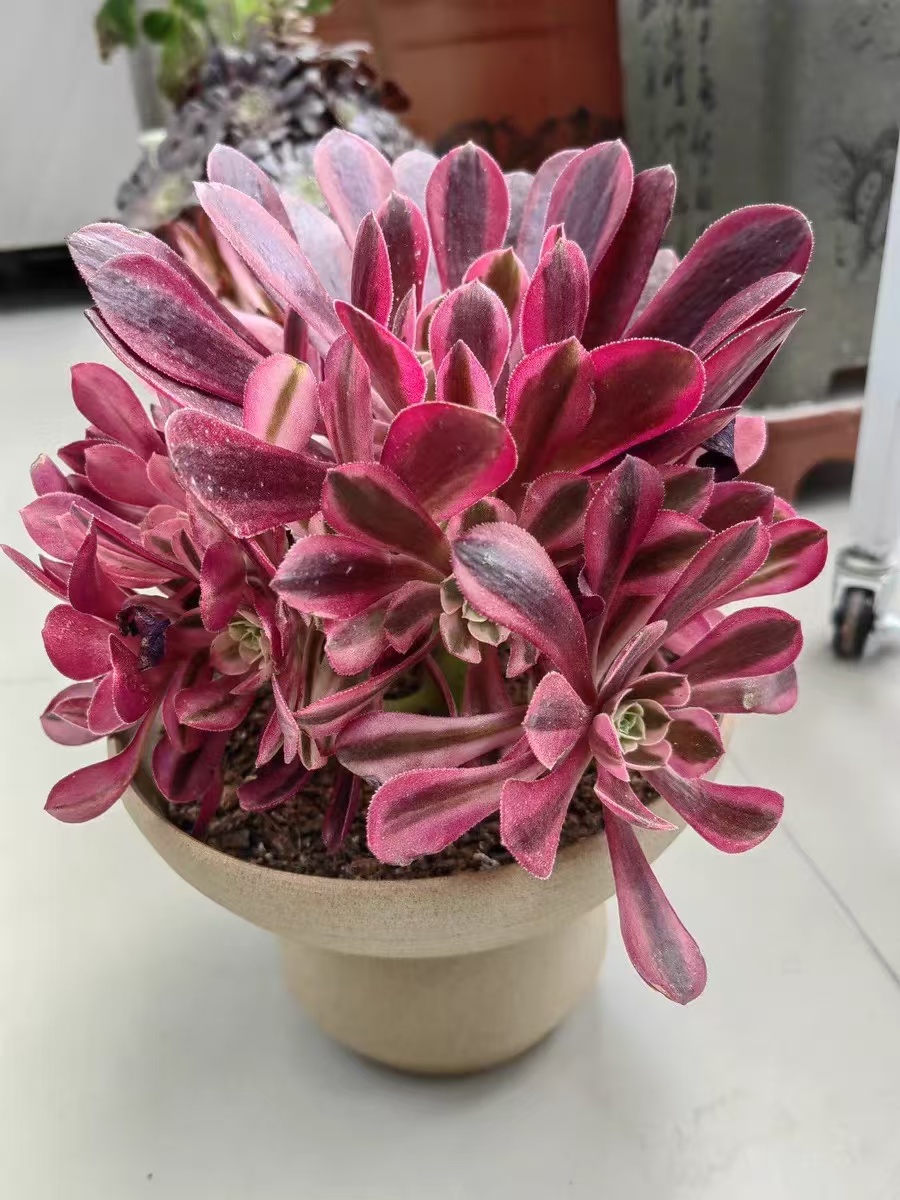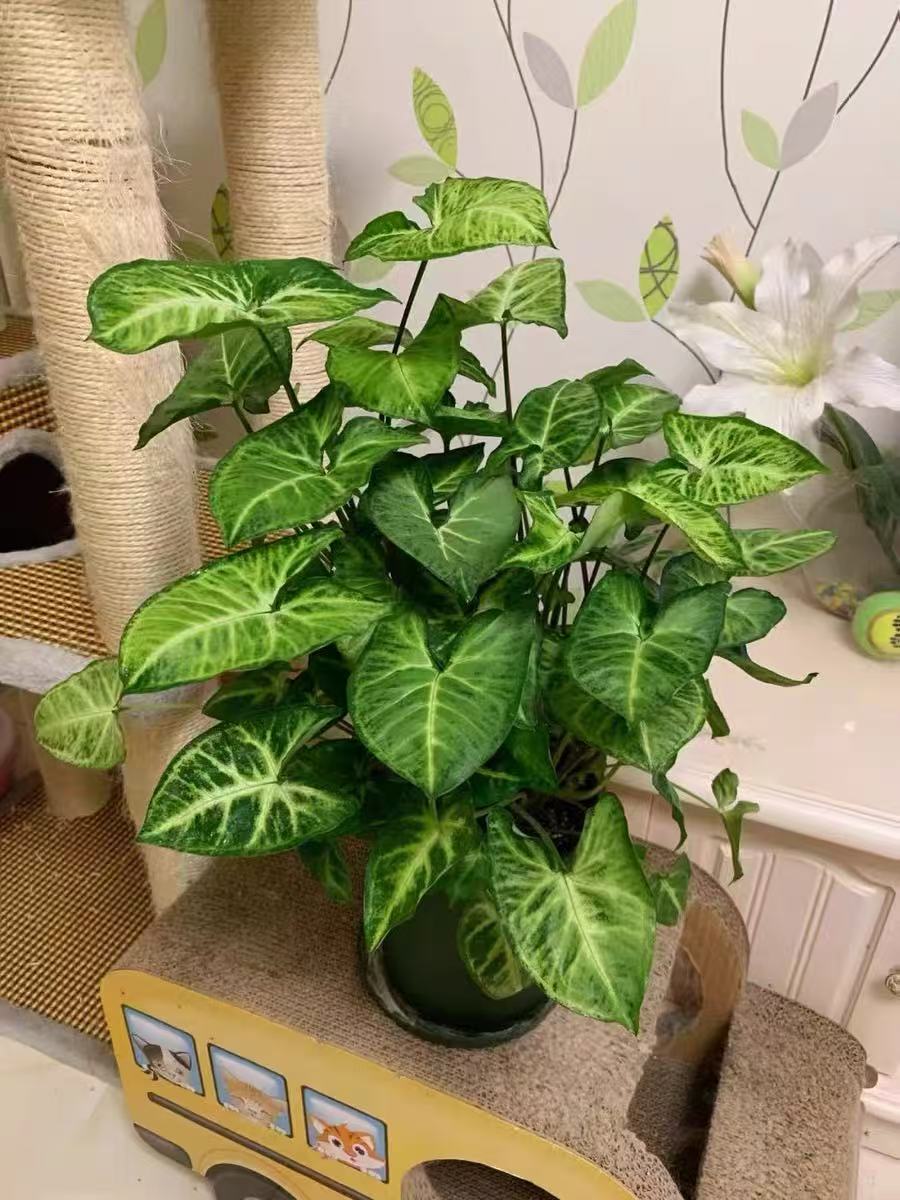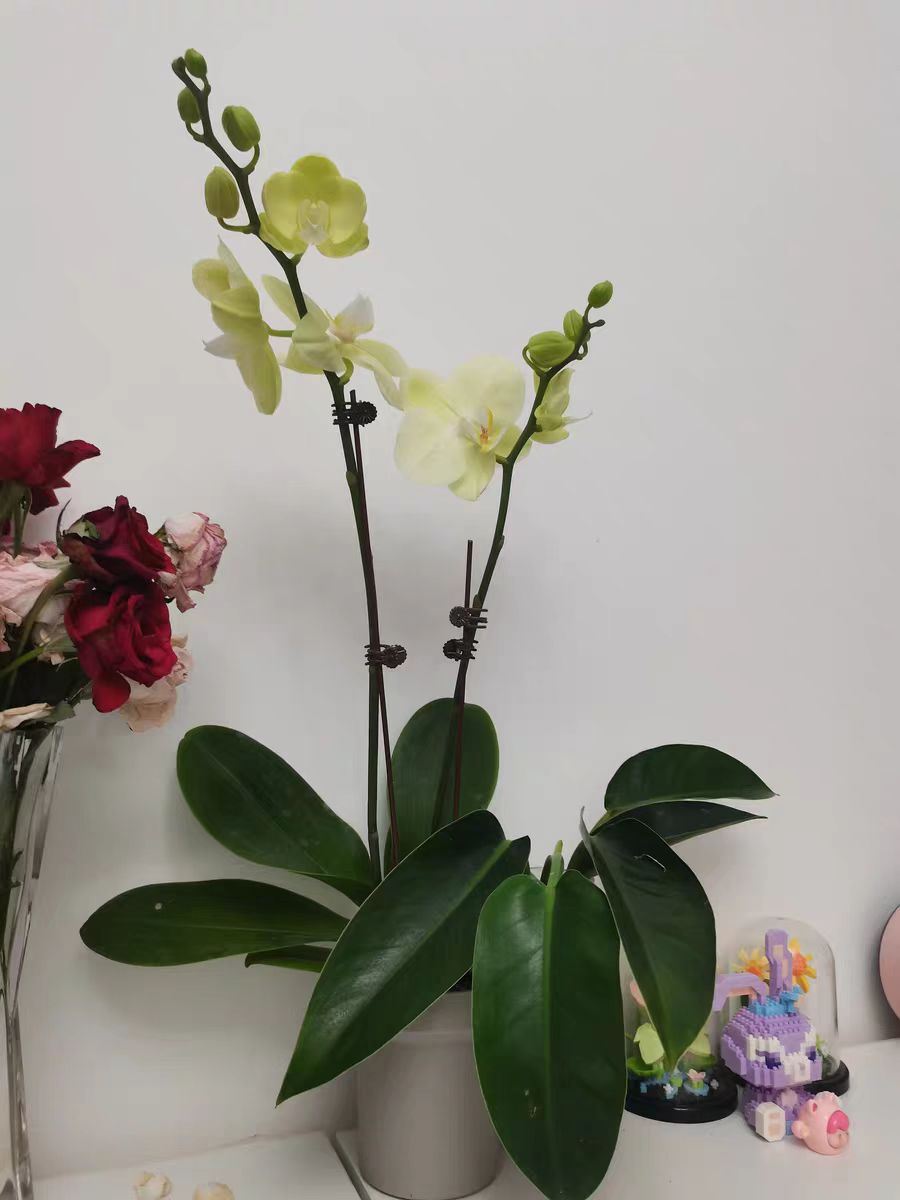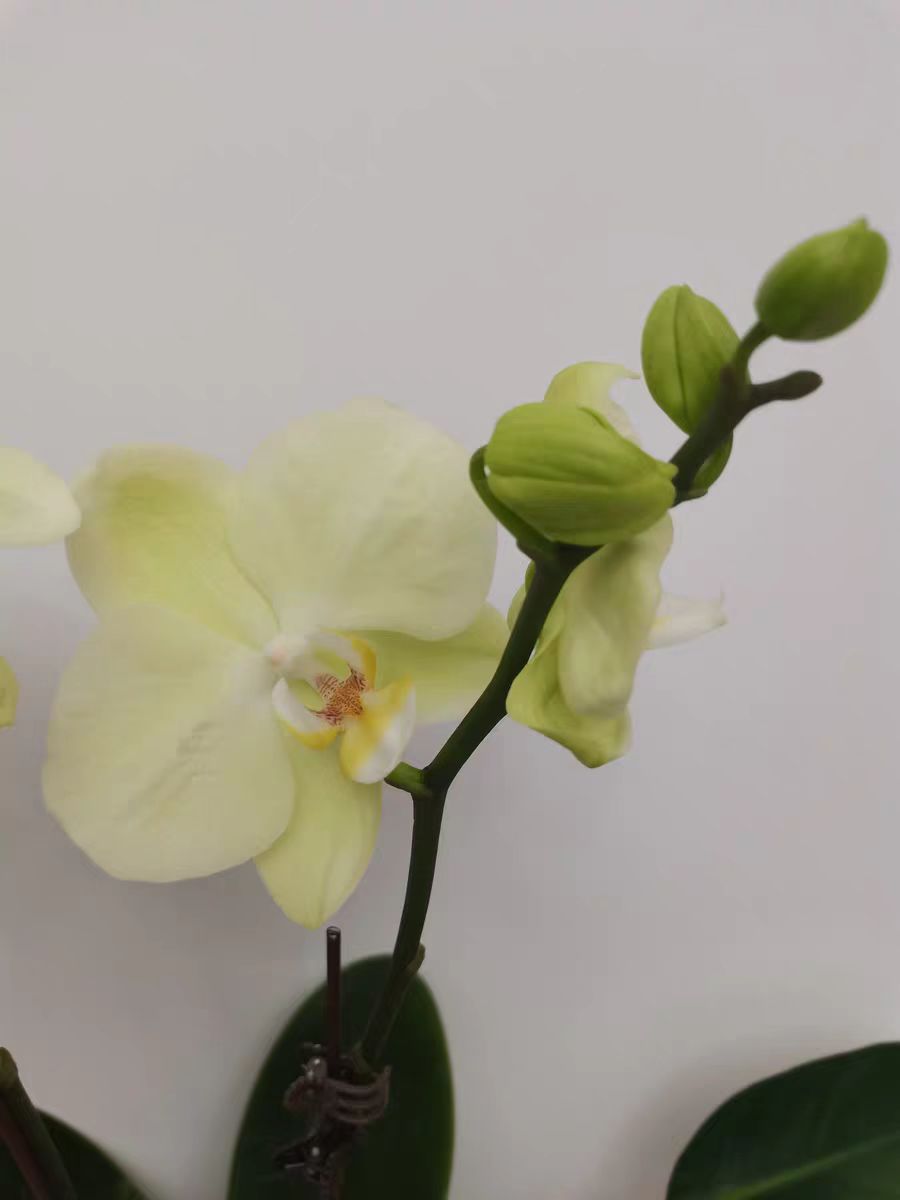Succulent plants are deeply loved by plant enthusiasts due to their unique forms and rich varieties. In the process of propagating succulent plants, leaf propagation is a common and effective method. However, not all succulent varieties are suitable for leaf propagation. The following will analyze whether the following succulent plants such as Aeonium, Kalanchoe tomentosa, Echeveria glauca, Sempervivum tectorum, and Crassula perforata are suitable for leaf propagation and explain the reasons why they are not suitable.
Aeonium: Aeonium is a very popular type of succulent plant. Its leaves are neatly arranged, with rich colors and extremely high ornamental value. However, Aeonium is not suitable for leaf propagation. Although the leaf propagation method can be tried, the success rate is extremely low. After the leaves of Aeonium are detached from the plant, it is difficult for them to maintain life activities. Even if they develop roots, they are prone to withering. Therefore, for Aeonium, stem cutting is a more reliable propagation method.
Kalanchoe tomentosa: Kalanchoe tomentosa is a succulent plant with thick leaves and densely grown short white hairs. It has a lovely form and is deeply loved. However, Kalanchoe tomentosa is also not suitable for leaf propagation. Its leaves are extremely prone to drying out during the leaf propagation process. Even if roots are successfully developed, it is difficult to maintain growth. In contrast, stem cutting is more suitable for the propagation of Kalanchoe tomentosa and has a higher survival rate.
Echeveria glauca: Echeveria glauca, also known as Echeveria laui, is one of the classic varieties of succulent plants. Its leaves are relatively large and arranged in a rosette shape, with strong ornamental value. However, the leaves of Echeveria glauca are prone to rotting during the leaf propagation process, and the survival rate is not high. Although there are successful cases, usually extremely high cultivation experience and skills are required. Therefore, for ordinary enthusiasts, choosing stem cutting or division propagation may be more prudent.
Sempervivum tectorum: Sempervivum tectorum is a common variety of succulent plants, originally from the mountainous areas of Europe and now widespread everywhere. The leaves of Sempervivum tectorum are relatively thin and it is not easy to preserve the complete growth points. Therefore, the survival rate of leaf propagation is relatively low. However, Sempervivum tectorum has various propagation methods. Besides leaf propagation, it can also be propagated by division, sowing, etc. Among them, division propagation is highly favored due to its simple operation and high survival rate.
Crassula perforata: Crassula perforata is a very popular succulent plant. Its leaves are cylindrical and closely arranged, resembling a string of coins, with an auspicious meaning. However, Crassula perforata is not suitable for leaf propagation. Its leaves are prone to drying out during the leaf propagation process. Even if roots are successfully developed, it is difficult to maintain growth. In contrast, purchasing young seedlings for cultivation may be more rapid and effective.
There are various propagation methods for succulent plants, and leaf propagation is just one of them. Different succulent varieties have different growth habits and propagation characteristics. Therefore, not all varieties are suitable for leaf propagation. When choosing a propagation method, comprehensive consideration should be given according to the variety characteristics and cultivation experience of succulent plants. For the varieties such as Aeonium, Kalanchoe tomentosa, Echeveria glauca, Sempervivum tectorum, and Crassula perforata mentioned above, due to the characteristics of their leaves or growth habits, etc., the survival rate of leaf propagation is relatively low. Therefore, it is more appropriate to choose other propagation methods.
Are all succulents suitable for leaf propagation?

Share with
Tagged in :




Leave a Reply